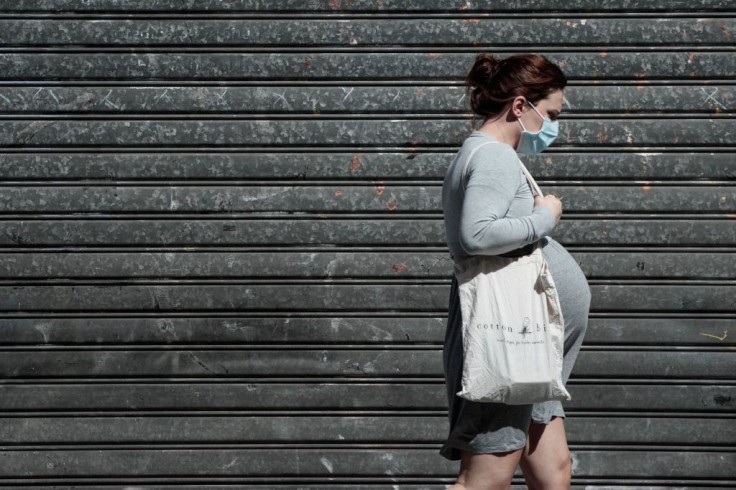
Whether presently anticipating a baby or planning to begin a family, you've possibly deliberated the process of labor and childbirth, specifically the role of contractions.
Contractions are the body's means to help in birthing the baby. Dr. Bart Putterman, an OB-GYN at Texas Children's Pavilion for Women in Houston, defines that these contractions contain the tighter of the uterine muscles, aiding in the progress of labor and positioning the baby for birth.
Undergoing contractions before the delivery date doesn't certainly signify the beginning of labor; it could simply be the body preparing for the eventual childbirth.
Recognizing the different kinds of contractions, their sensations, and their indications is essential.
Kinds of Contractions Experienced During Pregnancy
Early Contractions
During gestation, you may observe a mild tightening of the abdomen, signifying preparation for labor. Dr. Paul du Treil, director of maternal and child health at Touro Infirmary in New Orleans, compared these initial feelings to warm-ups before the main event.
These early contractions are often not dangerous and may feel like gentle menstrual cramps, but if they occur by bleeding or serious pain, consulting a healthcare provider is suggested.
Braxton Hicks Contractions
Starting around the second trimester, some anticipated moms encounter sporadic practice contractions, typically known as Braxton Hicks. These contractions are commonly painless, lasting up to two minutes, and may be caused by numerous factors such as exercise.
They signal the uterus's preparedness for labor. Hydration, relaxation techniques, and emptying the bladder can lessen displeasure. However, if accompanied by back pain or unusual discharge, medical consultation is advised.
Preterm Contractions
Frequent contractions happening before 37 weeks may signify preterm labor, especially if accompanied by cramps, pressure in the lower abdomen, backache, or changes in vaginal discharge.
Seeking medical attention is important to assess the circumstances and avoid premature birth.
Contractions Induced by Sexual Activity
In uncomplicated pregnancies, orgasms do not typically increase the risk of premature labor. However, they may trigger Braxton Hicks contractions or light spotting.
These symptoms usually subside within hours, but any concerning signs should prompt a consultation with a healthcare provider.
Labor Contractions
True labor contractions gradually intensify, resembling severe menstrual cramps or gas pains, and occur at regular intervals.
Monitoring their frequency and intensity, along with other signs like water breaking or bloody show, helps determine the onset of active labor. Consulting a healthcare provider is crucial for guidance on when to proceed to the hospital or birthing center.
Back Contractions
Some individuals may experience back pain during labor, which can range from mild discomfort to intense sensations.
Back labor, often associated with the baby's position in the birth canal, may require pain relief measures. Consulting with birthing staff about available options is recommended.
Steps to Take When Labor Contractions Commence
Once labor contractions commence, monitoring their duration and frequency is important. Active labor, characterized by contractions lasting about a minute and occurring less than five minutes apart, signals the need to seek medical attention.
While some may opt to labor at home initially, it's crucial to recognize when to transition to a hospital or birthing center setting. Understanding the nuances of contractions and knowing when to seek assistance are vital aspects of the childbirth journey.
For first-time pregnancies, labor may take some time to establish a rhythm. While labor duration varies, subsequent pregnancies often involve shorter labor durations.
Dr. du Triel notes that second and third pregnancies typically progress more swiftly due to the body's familiarity with the process.
Related Article: Natural Birth: Benefits and Anticipations of Vaginal Delivery